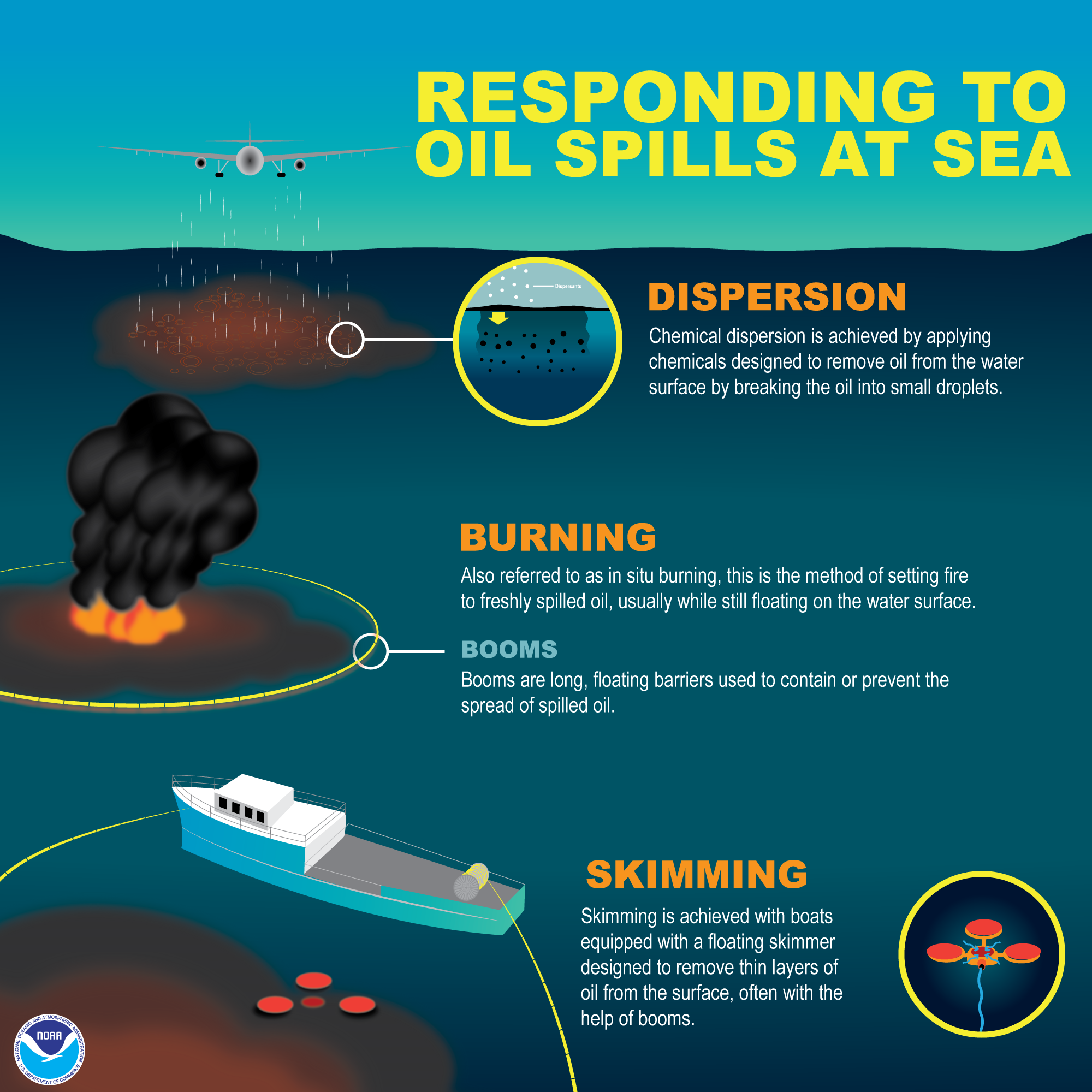When it comes to water chemistry, one of the most common issues faced is the presence of oil in water. Oil can be found in both fresh and saltwater environments and can have serious environmental consequences. Fortunately, there are various ways to remove oil from water chemistry in order to help keep our water supplies safe and clean.
In this article, we’ll discuss the different methods of removing oil from water chemistry, as well as how to properly dispose of oil-contaminated water. We’ll also go over the various methods used to measure the amount of oil present in water, so you can determine the best approach for your particular situation.

How to Remove Oil From Water Chemistry?
Oil in water can be a major environmental problem. Contamination of water supplies can lead to health problems and environmental damage. Fortunately, there are a variety of ways to remove oil from water, ranging from simple physical methods to more complex chemical processes.
Physical Methods
Physical methods of removing oil from water involve the use of absorbents or skimmers. These methods are relatively low cost and easy to use. Absorbents are materials that bind to the oil and are able to be physically removed from the water. Common absorbents include peat moss, sawdust, and vermiculite. Skimmers are devices that are designed to collect oil floating on the surface of the water. These devices are often used in oil spill cleanup operations.
The effectiveness of physical methods of oil removal depends on the size of the oil droplets and the type of absorbent material used. These methods are not suitable for removing dissolved oil from water, as the oil droplets must be large enough to be physically removed.
Chemical Methods
Chemical methods of removing oil from water involve the use of surfactants or coagulants. Surfactants are chemicals that reduce the surface tension of water, allowing oil droplets to mix with the water. Common surfactants used in oil removal include alcohols, detergents, and other organic compounds. Coagulants are chemicals that cause the tiny oil droplets to join together and form larger droplets, which can then be removed by physical methods.
The effectiveness of chemical methods of oil removal depends on the type of oil and the chemical used. These methods are also more costly and time-consuming than physical methods. In addition, surfactants and coagulants can have toxic effects on aquatic organisms, so they must be used with caution.
Frequently Asked Questions
Oil spills can have devastating effects on the environment, particularly on water bodies. In order to minimize the damage caused by oil spills, it is important to understand how to remove oil from water using chemistry. Here are some frequently asked questions about this topic.
How Does Oil Spill Into Water?
Oil can spill into water in a variety of ways, including accidental spills from ships or other vessels, intentional dumping of oil by people, and natural seepage from the ocean floor. In all cases, the oil can spread quickly and contaminate large areas of water, resulting in serious environmental damage.
What Are the Effects of Oil Spills?
The effects of oil spills can be devastating for aquatic life. Oil can coat the feathers of birds and the fur of mammals, making it difficult for them to move and hunt for food. Oil can also block the gills of fish, suffocating them. In addition, oil can contaminate the food chain, leading to long-term damage.
What Is the Best Way to Remove Oil From Water?
The best way to remove oil from water is to use a process known as chemical dispersion. This involves adding chemicals to the oil spill that break down the oil molecules, making them easier to separate from the water. This process is often combined with physical removal techniques such as skimming or pumping.
What Chemicals Are Used for Oil Spill Cleanup?
The most commonly used chemicals for oil spill cleanup are surfactants, dispersants, and solvents. Surfactants reduce the surface tension between the oil and water, making the oil easier to separate. Dispersants help break down the oil molecules into smaller droplets that are more easily removed from the water. Solvents also help break down the oil molecules, making them easier to remove.
How Can We Prevent Oil Spills?
The best way to prevent oil spills is to take precautions when transporting or storing oil. This includes ensuring that vessels are properly maintained, that spill containment systems are in place, and that all personnel are trained in how to respond to a spill. In addition, it is important to monitor areas prone to oil spills and take measures to prevent them.

How to separate oil from water
In conclusion, the process of removing oil from water chemistry is complex, but not impossible. To successfully separate oil from water, it is important to understand the fundamental principles of oil water separation and the different types of processes that are available. By determining the unique characteristics of the oil and water mixtures, you can identify the most appropriate method to use for oil removal. With a combination of careful experimentation, sound engineering principles and an understanding of the physical and chemical properties of oil and water, we can successfully separate them and keep our environment clean and safe.
